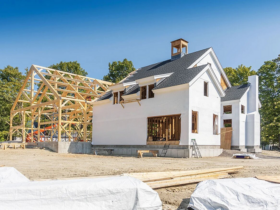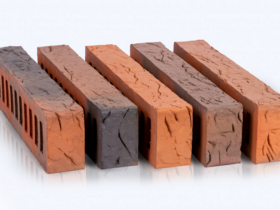A distinctive feature of a monolithic strip foundation is reliability. The process of construction is phased in nature. The marking of the planned base of the house is originally performed, which is one or more rectangular forms.
Paramount importance in the marking process is the accuracy of identifying the axis of the trenches. Among other things, depth and width are planned, which determines the horizontal level of the alleged base. The next stage is earthwork. The choice of the configuration of the profile of the trench under the foundation is affected by:
Type of soil;
ground water level;
The level of deepening.
The best choice is a layer of soil that promotes the natural support of the structure. However, the planned is not always able to embody, then the “pillow” is created by means of sand and gravel with the subsequent compaction.
Materials and stage of concreting
The determination of the materials for the formation of the foundation of a monolithic tape type is affected by the hydrogeological data of the site. With dry soil, a brick or stone is taken for the base. Regarding the construction of foundations on soils, characterized by mobility and humidity – such persistent materials as concrete of high strength are suitable. The permissible elevation of the aboveground part of the foundation above the surface level is 0, 3-0, 5 m. This requires formwork by means of steel sheets, boards or plywoods.
In conclusion, a concrete solution is poured, allowing the tape of all kinds of geometric shapes. To achieve greater strengthening, pouring is preceded by reinforcement of the tape. To form a single design of the foundation of the future structure, conservation is carried out lasting 30 days. This is enough for the optimal hardening of concrete and the formation of the required strength characteristics in it.








